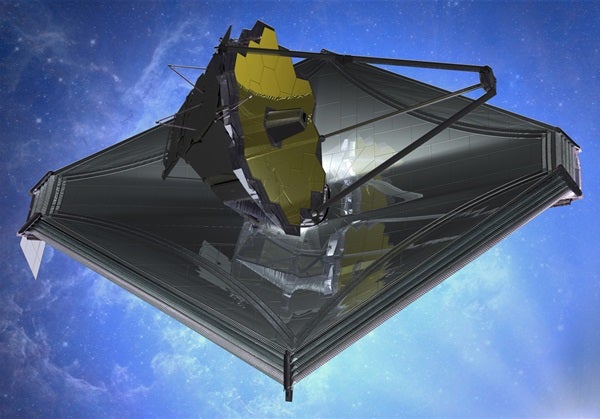You often hear about Lagrangian points because they can be handy places to “park” a spacecraft where it doesn’t need much fuel to stay in the same position relative to Earth. If gravity were the only force in the equation that defines these points, you would indeed expect there to be only one such point — between the planet and the Sun, where the gravities from these objects balance. But it’s a bit more complicated: The Lagrangian points also involve centrifugal force.
This is the force you feel on your arm when you swing a heavy object around in circles. Scientists sometimes call it a “fictional” force to distinguish it from a fundamental force like gravity. But to a craft orbiting in the solar system, it is very real.
In an ordinary Keplerian orbit like the path of Earth around the Sun, the centrifugal force simply balances the gravitational force from our star. But for a satellite orbiting near one of Earth’s Lagrangian points, the centrifugal force approximately balances the sum of the gravitational forces from the Sun and Earth. That situation can occur in five different places in the solar system. For example, on the side of Earth opposite the Sun, the gravitational forces from both objects pull together in the same direction. So a body orbiting with slightly more centrifugal force than an ordinary Keplerian orbit will find its centrifugal force balanced by the combined gravity of the Sun and Earth — at the second Lagrangian point.
NASA’s Goddard Space Flight Center, Greenbelt, Maryland










